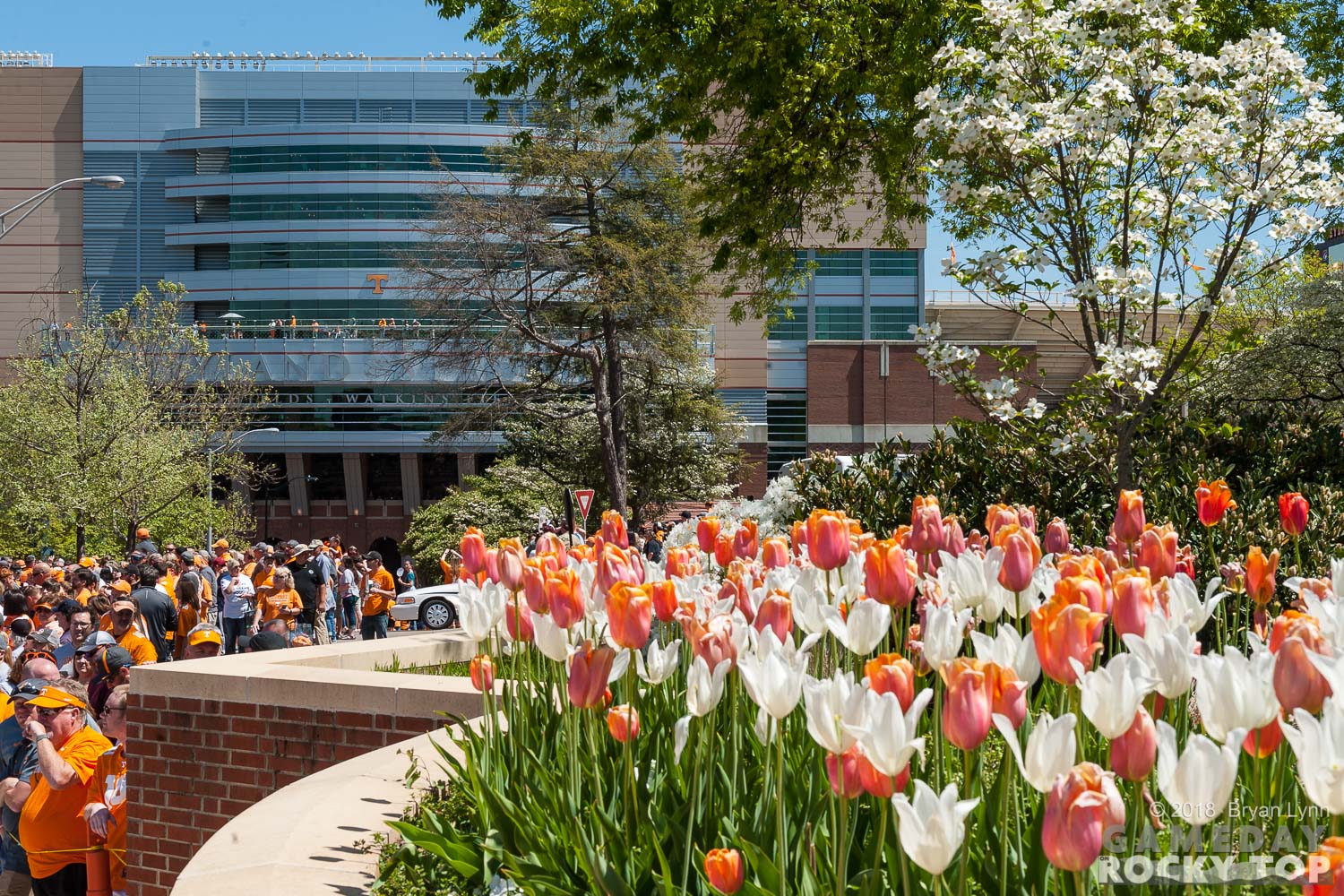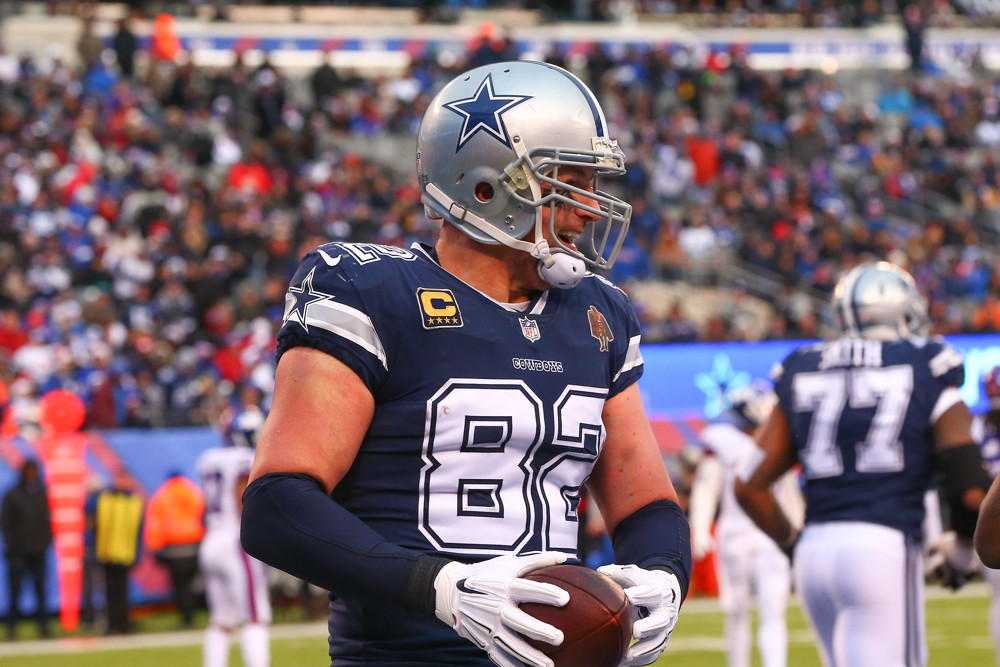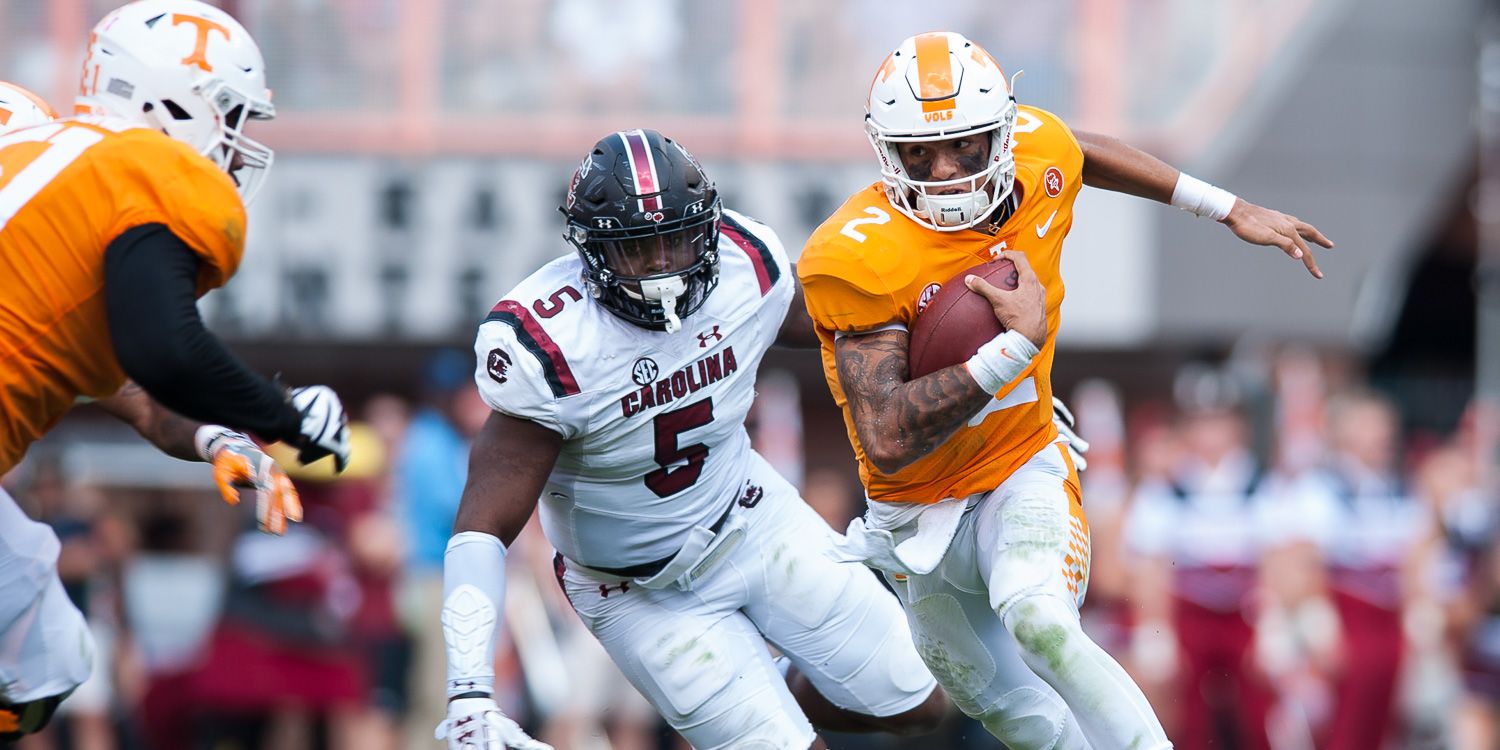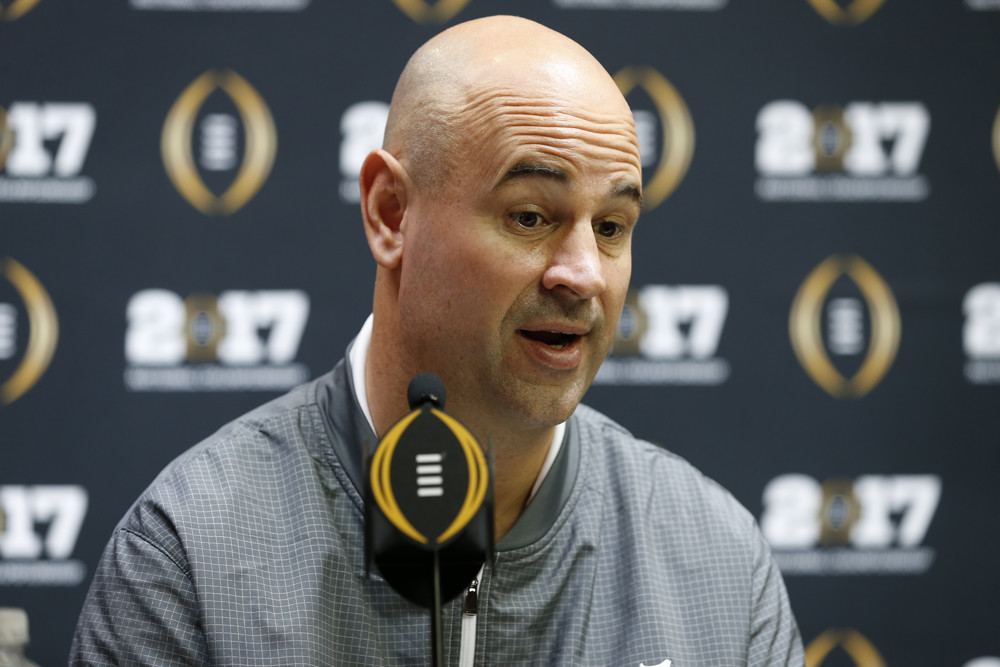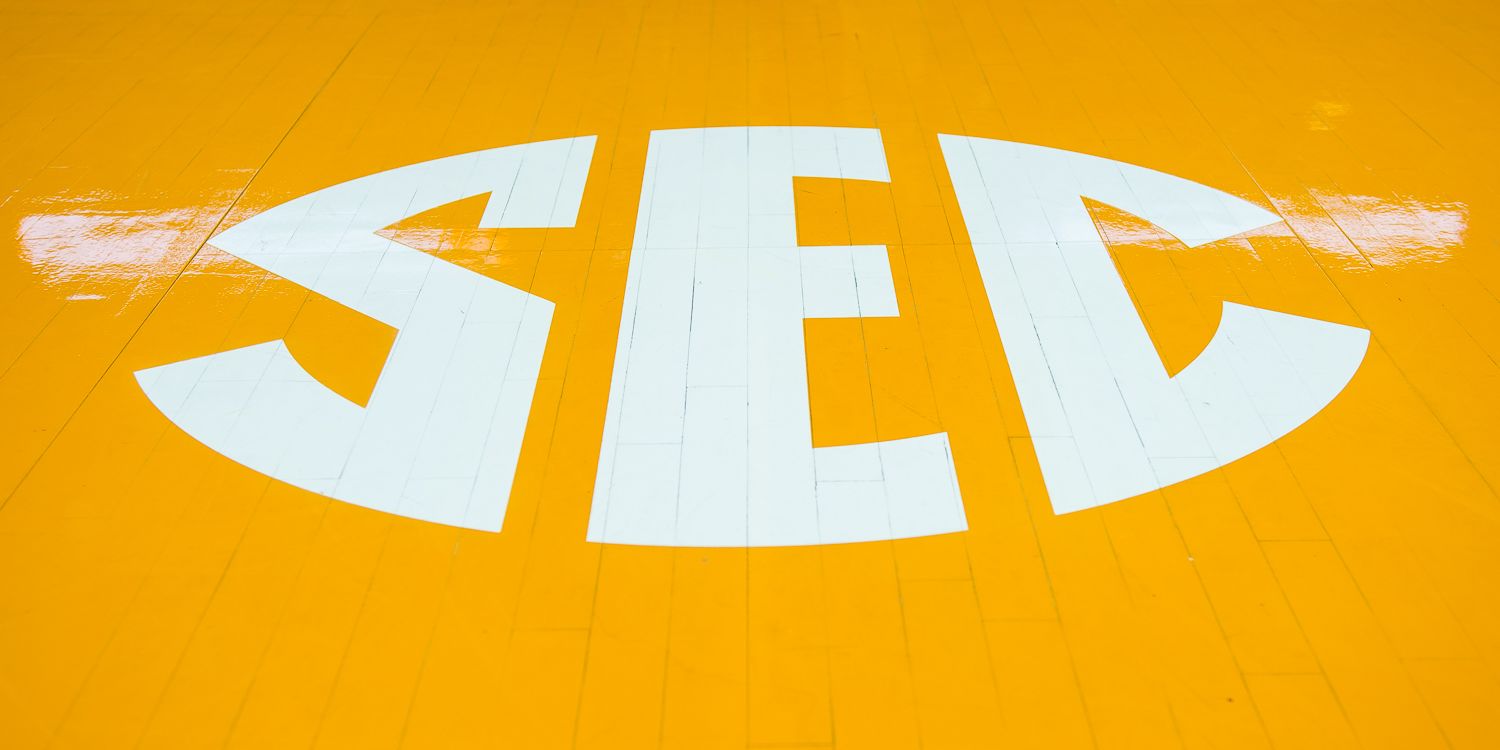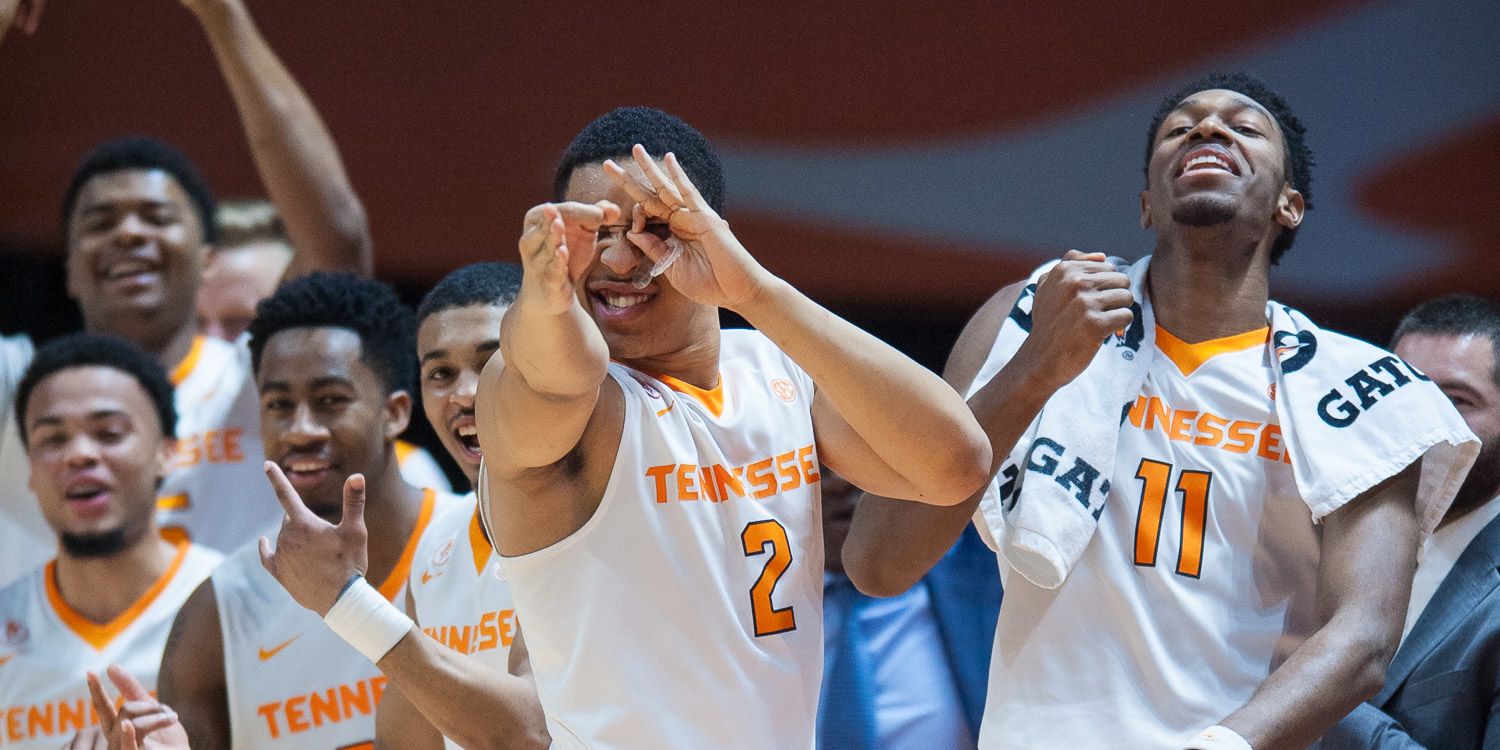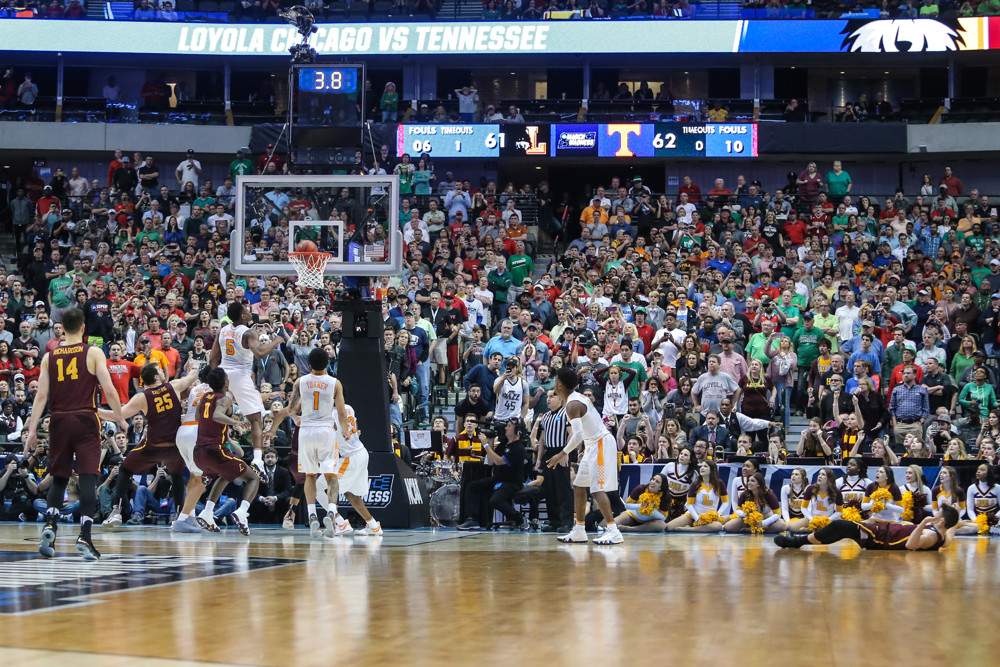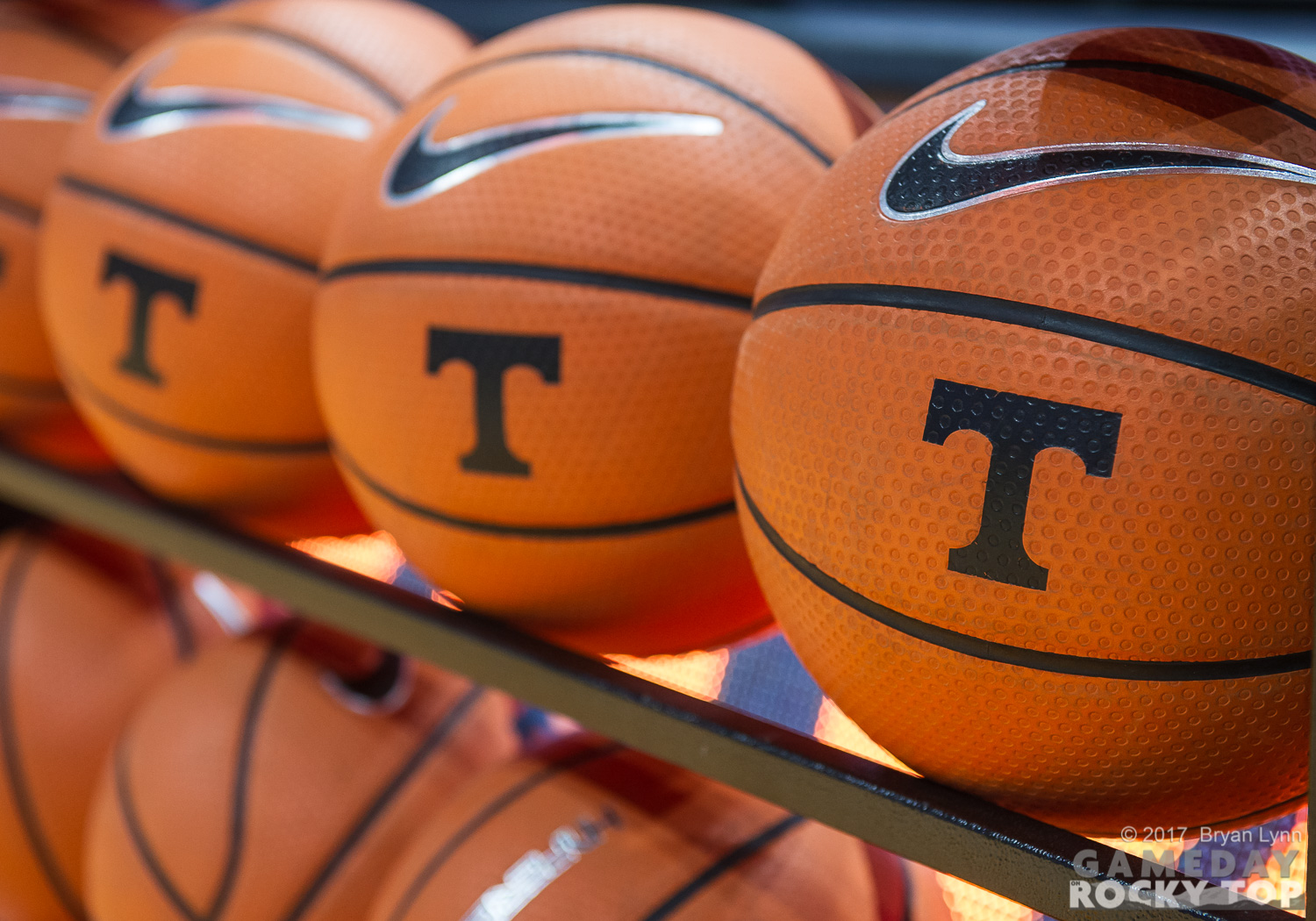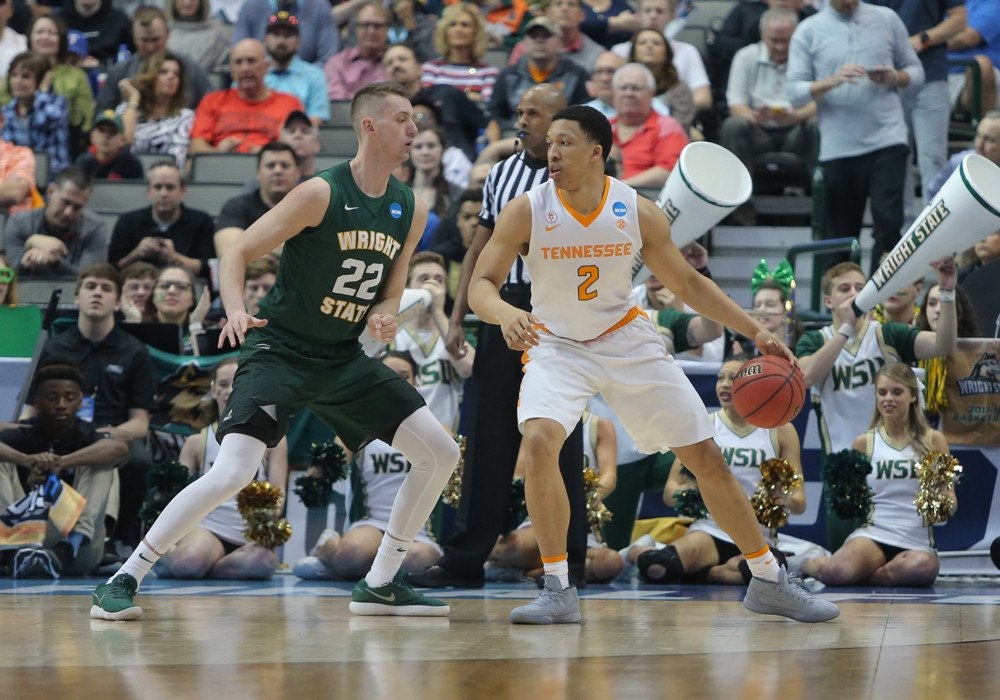So John Adams lit the familiar off-season flame of non-conference scheduling today, arguing the Vols shouldn’t be scheduling the likes of Oklahoma in the future. The Sooners are back for a home-and-home in Norman in 2020 and Knoxville in 2024.
Adams’ point is that Tennessee’s schedule is already hard enough without including a marquee non-conference foe. He leaves out the fact that the Vols will face BYU (a team we’ve never played) and Pittsburgh (the Johnny Majors Bowl) home-and-home between 2019-2023. The Cougars and Panthers aren’t exactly on Oklahoma’s level.
Things have obviously changed for Tennessee too. The Vols ain’t what they used to be when Phillip Fulmer was the head coach and not the athletic director. In his 17 seasons as the helm, Tennessee played one or both parts of a home-and-home with Louisville, UCLA (thrice), Syracuse, Notre Dame (twice), Miami, and California. Eight of those match-ups were against Top 20 foes when gameday rolled around. The Vols also scheduled series with Oregon and Oklahoma while Fulmer was still the coach, as well as home-and-homes that were eventually cancelled with North Carolina and Ohio State, plus a series with Nebraska that may or may not be happening in 2026 and 2027.
Fulmer’s teams played anyone, anywhere, anytime. But one of the reasons the Vols have struggled in his absence is the SEC has gotten better, and not just at Georgia. Beating South Carolina stopped being free when Steve Spurrier arrived some 13 years ago. The Vols haven’t beaten an SEC West team since 2010. And since 2011, Tennessee is just 8-6 against Vanderbilt and Kentucky.
(deep breaths)
So even if Jeremy Pruitt does a good job, the week-to-week challenge in conference play will be steeper than what Fulmer faced in the 90’s. That being the case, what’s an appropriate compromise for Tennessee in future non-conference scheduling? (And remember, the emphasis is on “future”: the Vols have their marquee foe under contract through 2024, plus maybe Nebraska in ’26 and ’27).
Each SEC team is required to schedule a power-five (or Notre Dame/BYU) foe every season. I don’t think any of us are pulling for the Vols to lock down Kansas and Rutgers. But I’m also not sure it’s wise to court Clemson at this very moment. Whenever you do dream non-conference match-ups, you always get the big three teams who have never played in Neyland Stadium – Michigan, Ohio State, Texas – but those traditional powers may not also be at the top of a wise athletic director’s list while Jeremy Pruitt is trying to turn this thing around (or if the guy after Pruitt is trying to do the same).
So if you don’t want to play the very best but you don’t want to cupcake it up, what’s a reasonable alternative for Tennessee?
Two schools of thought on this:
Short Drives to ACC Country:
- Louisville: The Cards will always have Kentucky, but since making the jump to the ACC have played Auburn in Atlanta and will face Alabama in Orlando this year. It’s less than four hours from Knoxville to Louisville; the Vols and Cards last faced off in the first ever ESPN Thursday Night Football game at Louisville in 1991, then in Knoxville in 1993.
- North Carolina: Taken off the board during the Mike Hamilton/Derek Dooley tenure just in time to prevent payback for the 2010 Music City Bowl. Five hours of I-40 separate Knoxville and Chapel Hill, with a split fan base in Western North Carolina.
- Virginia Tech: The Battle at Bristol was great, but these two still deserve a home-and-home. It’s 3.5 hours from Knoxville to Blacksburg, and the Hokies are always game in the non-conference scheduling department, famously beating Ohio State in Columbus in 2014.
Teams The Vols Have Never Faced (now that West Virginia and BYU are off the list):
- Michigan State: Fans might be more excited to see the Big House, but Michigan State actually has the better win percentage this decade. I actually think scheduling either team from the Mitten State would be an appropriate move for the Vols at this time; go for the Spartans and you can stay 1-0 forever against the Wolverines and just keep running that Jason Witten clip.
- Stanford: Fulmer loved putting the Vols in California during his time; Tennessee has faced UCLA more than any other team it’s never shared a conference with. But the Vols and Cardinal have never met; could be a fun west coast option. An alternative thought here: Arizona State, also 0-0 against the Vols lifetime, in a celebratory return to Tempe.
- Washington: I’m not sure any school should court a Chris Petersen team, but this one makes a ton of sense. There’s a built-in fight between the fan bases over who has the best waterfront, plus I can tell you from calling Washington a sub-lateral move from Tennessee for Justin Wilcox (which was totally true in 2012), you would enjoy getting into it with them. From Fulmer’s perspective I’m not sure you get any added recruiting bonus playing on the Huskies’ turf, but this is the one I’d like to see most among teams the Vols have never faced.
What do you think? Which one of these would you like to see most? Or give us a better idea in the comments below.
